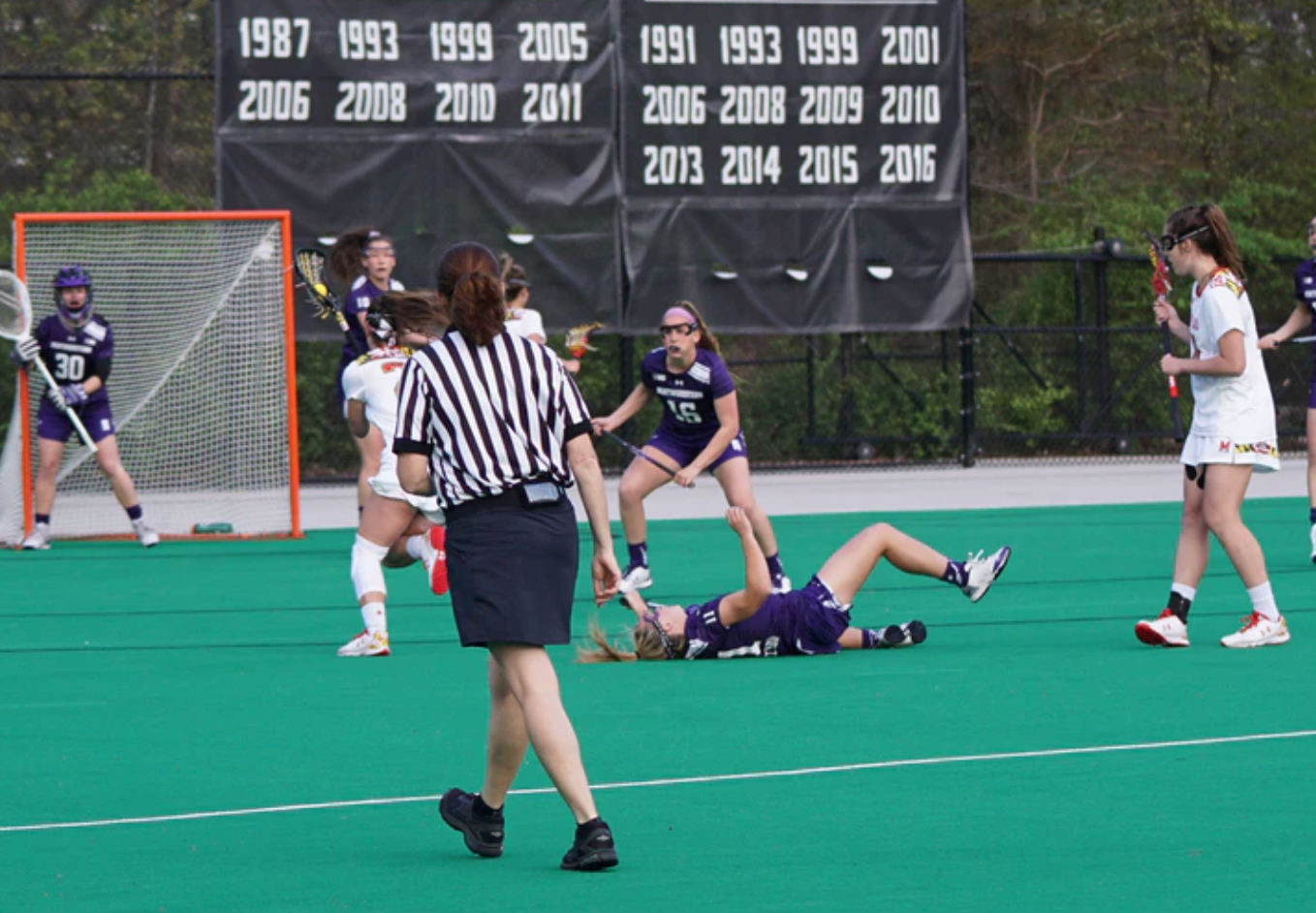Essentially, those who play college sports do so at their own risk, and maintaining a healthy lifestyle is integral to the personal safety of every athlete.
For countless aspiring athletes, a college scholarship presents an exciting, life-altering opportunity. Yet that opportunity isn’t exactly cut and dry — injuries are unfortunately commonplace among college athletes, and up to 24% of athletes are forced to retire early due to injuries sustained during play or practice. Further, injured collegiate athletes typically lose their medical insurance coverage, and may have their scholarship yanked from beneath them.
Football, gymnastics, and wrestling are among the most dangerous sports at the collegiate level, according to the Centers for Disease Control and Prevention (CDC). In the period from 2009-2014, college athletes sustained more than 1 million injuries. While the majority of athletic injuries (63.8%) occurred during practice, on-field injuries tend to be more severe, with long-lasting consequences.
But what happens to those injured athletes, especially if the injury is debilitating or requires long-term care? Generally speaking, college sports are presided over by the National Collegiate Athletic Association (NCAA). The organization seeks to protect student athletes in numerous ways, and the more than 1,200 schools that operate under the NCAA have various levels of autonomy when it comes to health coverage for student athletes.
For its part, the NCAA’s catastrophic injury insurance program helps cover student athletes whose healthcare bills exceed $90,000 and who meet certain requirements. Unfortunately, many injured athletes still get left behind.
Dreams Shattered, Lives Forever Altered
Sports fans needn’t look far to find examples of career-ending sports injuries at the collegiate level. Take, for example, Eugene Daniels, once a promising lineman at Colorado State. A 2010 shoulder injury left Daniels unable to continue playing football, and he ultimately pursued a career in journalism.
As reported by the NCAA, Daniels is at peace with the injury that drastically altered the trajectory of his life. “I wouldn’t change anything because it put me in a position to really find what I want to do with my life,” he said. But for every Eugene Daniels, there are plenty of college athletes who weren’t so lucky in life, post-injury. What’s more, the sad reality is that college athletes have even lost their lives as the result of an on-field injury.
In a 2017 game against Texas A&M Kingsville, Midwestern State University cornerback Robert Tyree Grays tackled an opponent in the fourth quarter, and then hit the ground. He never got back up. 19-year-old Grays, a sophomore, died several days later as a result of neck injuries sustained in the fall. It’s unclear how the NCAA responded to the death, but Grays’ alma mater subsequently founded a scholarship in his name, in addition to establishing a fund for Grays’ family.
Prioritizing Safety in the Realm of Sports
As far as athletics are concerned, cultivating a safe playing environment and habits is paramount for every player. College athletes should already have a strong grasp of safety measures, as well as inherent risks, that pertain to their particular sport: For example, it behooves football players to understand that helmets don’t prevent every injury or wrongful death, and that their health is at risk every time they walk onto the field.
Sports safety begins at a young age, from the first time an aspiring tennis star or running back heads to the practice field. Minimizing injuries among young athletes is a multifaceted endeavor that involves everyone from the athlete to parents, coaches, sports leagues, and beyond. By ensuring that young athletes have a solid foundation in health and safety protocols, it may be possible to prevent many of the injuries that plague young athletes.
Protecting Oneself On and Off the Field
In the meantime, sports safety remains primarily in the hands of the individual athlete. No matter the sport, a strong game-day performance is part talent, part dedication and hard work. For aspiring young athletes, future success hinges on staying as healthy as possible.
Within every sports discipline, young athletes are keenly aware that physical stress comes with the territory. Strict dietary and exercise regimens with an emphasis on protein help fuel the hard-working bodies of athletes, but there’s much more to maintaining optimal health than simply the physical. In this context, “health” encompasses all aspects of wellbeing: Physical, mental, and emotional.

It’s important to note that sports-related injuries often have a substantial effect on the overall health of student athletes over the long term, especially if the injury is serious. The sudden end of a once promising career path can lead to depression, for example, which can then further impact an athlete’s physical wellbeing. When one is severely depressed, previously simple tasks such as practicing good oral health and preparing healthy snacks can seem overwhelming, to say nothing about worrying about mounting medical bills.
Post-injury, athletes should work to maintain a positive attitude and keep up with the healthcare regimens they developed over time, from meditation to oral hygiene, both of which also serve as effective natural depression treatments.
Legal Recourse for Injured College Athletes
Essentially, those who play college sports do so at their own risk, and maintaining a healthy lifestyle is integral to the personal safety of every athlete. Following a career-ending injury, college athletes have various legal options. For some, it may be possible to seek compensation from the NCAA or the institution itself, much like the family of deceased footballer Julius Whittier did in June 2020.


Join the conversation!